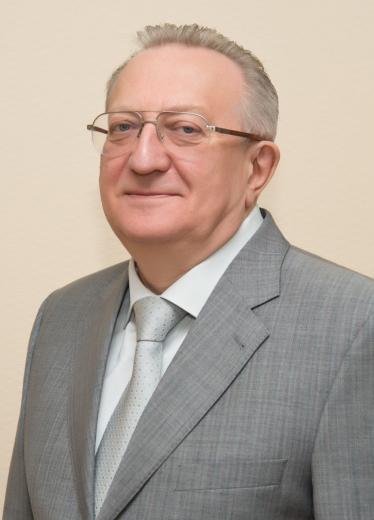
Dear friends, dear colleagues!
I am proud to present to your attention the new issue of the Journal of the Medical Institute of Continuing Education. The journal is a platform where original research papers, reviews, practical recommendations, unique and didactic clinical cases, short reports on the problems of medicine and healthcare and relevant both in Russia and abroad can be published. This issue of our journal is dedicated to modern scientific research in medical rehabilitation and restorative treatment.
Under the term "medical rehabilitation" in the domestic scientific literature understand the restoration (rehabilitation) of the physical and psycholog- ical status of people who have lost this ability due to illness or injury.
Currently, medical rehabilitation as a branch of health care, within the framework of the concept of modern medicine, is considered as a differentiated staged system of therapeutic and preventive measures that ensure the integrity of the functioning of the body and, as a result, the complete restoration of the patient's health to the optimal level of performance through the combined, sequential and successive application of methods pharmacological, surgical, physical and psychophysiological effects on functionally or pathologically altered organs and systems of the body.
The methodological support of rehabilitation based on the achievements of science (development and scientific justification of the concept, approaches and methods) is based on the position that human health is a reflection of the state of adaptation of the organism to various influences, which determines the approaches to rehabilitation based on the principle of optimality.
There are many unresolved scientific problems in rehabilitation – yesterday, today and tomorrow – and those already solved yesterday require a more subtle interpretation today.
Considering the new concepts of rehabilitation and restorative treatment, first of all, it must be indicated that the use of any type of treatment should be based on the evidence of their effectiveness by evidence-based medicine, that is, benign studies. Until now, there are no reliable founda- tions of the theory of physiotherapy, which would lead us out of the field of empiricism at the turn of an accurate calculation of indications, prescriptions and effectiveness. Experimental work (primarily in the field of biophysics, bionics, medical cybernetics) does not sufficiently replenish the theoretical base, leaving, in turn, engineering thought without specific goals.
There is no doubt that there is another problem – the combined use of drugs with non-drug technologies. In this case, many natural or preformed physical factors can significantly reduce the risk of developing drug complications, allow the patient's body to mobilize natural protective resources, and provide them with the necessary metabolic and energy background. In addition, promising areas of scientific research in this area are physiogenetics – the phenomenon of genetic determination of the therapeutic effect of therapeutic physical factors (that is, optimization of adaptation mechanisms), as well as the study and correction of metabolic determinations.
Best regards, Editor-in-Chief, MD, PhD, Prof. V.V. Gladko

